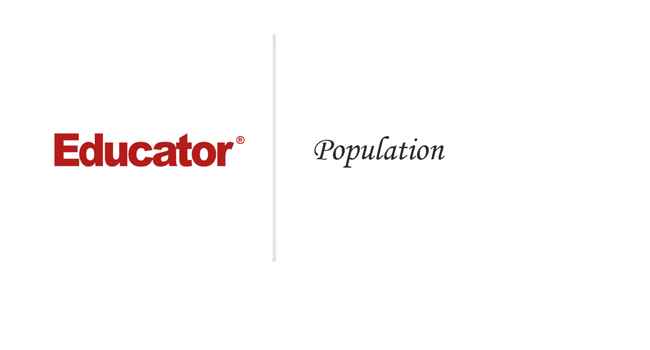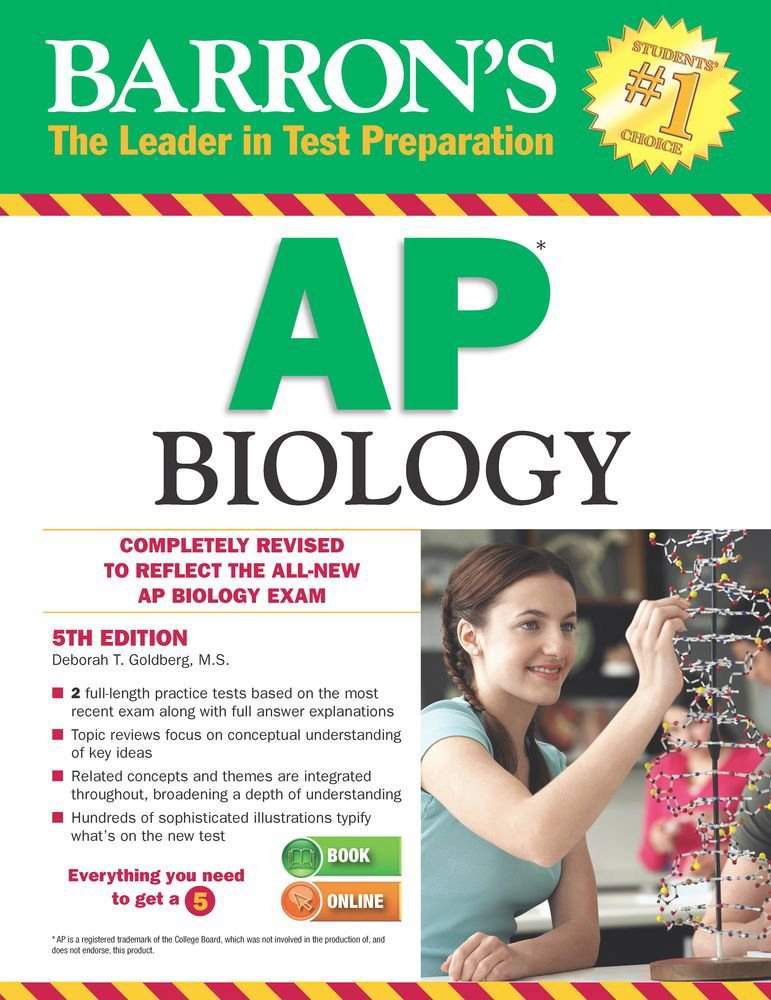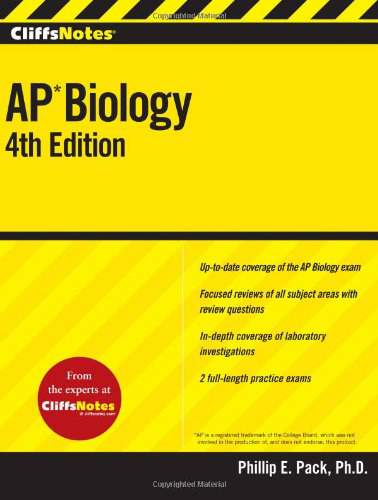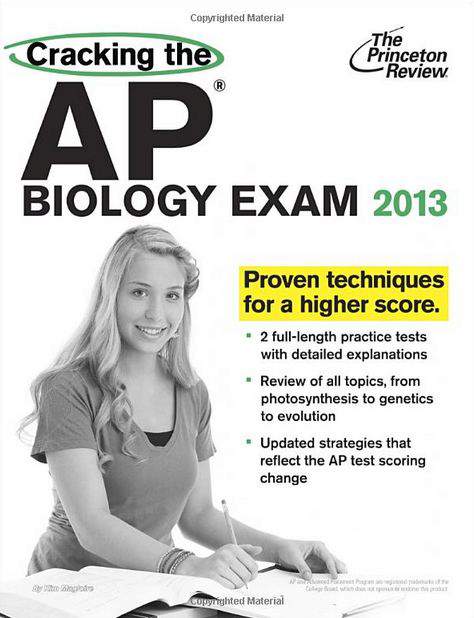Connecting...

For more information, please see full course syllabus of AP Biology
AP Biology Population
In ecology, a population is defined as a group of individuals (size “N”) from a species living in a specific area. Density and dispersion can vary based on organism behavior and resources. Populations can be counted by sampling, proxymeasure, and individual counting. Survivorship curves and age structure diagrams can be used to represent mortality, growth, expansion, and stability. Growth can take place exponentially at the “biotic potential” (maximum rate of growth under ideal conditions) or logistically when there are limiting factors. Growth strategies include r-selected and K-selected. R-selected or r-strategist species grow rapidly under ideal conditions. K-selected or K-strategist species (where K stands for carrying capacity) do not reproduce as often, but they provide more parenting and tend to do well in situations with limited resources.
Share this knowledge with your friends!
Copy & Paste this embed code into your website’s HTML
Please ensure that your website editor is in text mode when you paste the code.(In Wordpress, the mode button is on the top right corner.)
- - Allow users to view the embedded video in full-size.










































 Answer Engine
Answer Engine





2 answers
Last reply by: John Joaneh
Tue Dec 9, 2014 12:19 AM
Post by John Joaneh on November 6, 2014
I think theres something wrong here. My professor states that resource partitioning and character displacement are opposite in the way you defined them. Do you have a resource that supports your definition of the two terms?